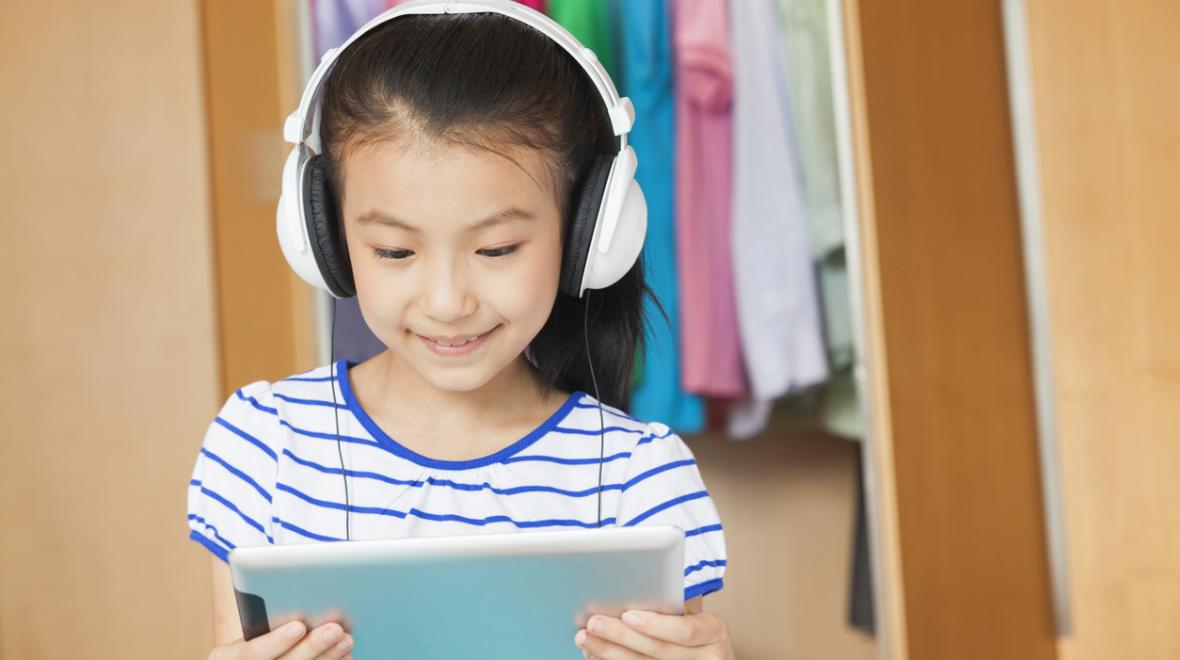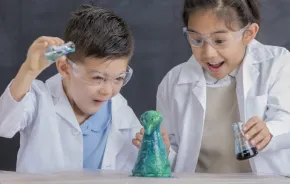
Editor's note: This article was sponsored by the The Bear Creek School.
The start of a new school year is always a simultaneous source of excitement and anxiety. Kids worry about making friends at recess and fitting in. This fall, kids who have been socially distancing for the better part of a year need social contact and emotional support more than ever. And with most schools operating remotely, parents and teachers are just as anxious as the students.
As the middle school dean of students at The Bear Creek School in Redmond, Nathan Pettit works to create a sense of community among students at the beginning of every school year. But like the rest of us, this year he has had to innovate in response to the pandemic, adapting what he knows about social-emotional learning (SEL) into something that works online.
A recipe for resilience
SEL teaches kids real-life skills, such as empathy, emotional regulation and executive function. Decades of research confirm that time spent on SEL in the classroom also supports academic success (and professional success, in the long run). Students develop a sense of purpose, and with and through it, resiliency. And resilience is crucial if kids are to thrive this year.
Two important building blocks of resiliency are the feeling of belonging to a strong community and having a sense of purpose. “For Bear Creek, SEL is important because we seek to help each student become a person of wisdom, compassion and courage,” says Pettit.
Building a virtual community
Feeling safe and cared for at school requires strong relationships with peers and teachers that are usually established in person.
“When we pivot to remote learning, we are really carving out significant time for relationship building,” says Pettit. Fortunately, building relationships can be as simple as child’s play.
“I really believe that as people, we connect really well over play,” says Pettit. Games create shared experiences, forming bonds between the players and establishing a level of trust and familiarity that makes deeper conversations possible.
For both lessons and play, smaller groups tend to be more effective, and that’s especially true when interacting online. So, Bear Creek broke classes into smaller cohorts that they hope will eventually unite in the classroom. These cohorts began the year as online teams in a virtual scavenger hunt, solving puzzles and directing their teachers’ movements around campus.
Without the opportunity to bond on the monkey bars at recess, kids — especially younger kids — need their parents to take a more active role in supporting friendships. This is the year to become involved with your child’s class.
“Parents need to get to know other parents to help plan connections for their kids,” says Pettit. “We have to be creative and flexible and open to trying new things.” Within social distancing guidelines, and to the extent that you feel safe, in-person contact with other kids is extremely valuable. Consider forming a pod with another family or planning no-contact outdoor playdates.
Online video games like Minecraft are good, but the best virtual playdate games are ones that allow kids to see each others’ faces and that don’t require their full attention. That way kids can maintain a conversation while they play. Relationship-building games should engage everyone and highlight similarities rather than differences. Leveraging technology features can make virtual events feel less like a sad substitute. Encourage kids to have fun with backgrounds and the chat function. Virtual icebreaker games can use the camera to communicate. “Turn Your Camera on If” starts with a dark screen that fills up with student faces as the leader makes statements like “Turn your camera on if you have a pet.” “Depth Perception” allows kids to show intensity through the camera. Pineapple pizza lovers may offer an extreme close-up while haters lean away.
A sense of purpose
Expecting kids to develop a sense of purpose, especially during times of stress, might seem like a tall order. But studies show that resilience is strongly linked to it. It’s incredibly empowering at any age to identify ones’ own strengths and use them to benefit others.
“It makes you feel needed,” says Pettit. Feeling needed provides a sense of agency when so many things are beyond a child’s control. In the school environment, purpose can mean having a specific role on a team, such as timekeeper, and being recognized for doing it well. It can even be as simple as learning other students’ names and actively making sure no one is left out of group chats or projects. At Bear Creek, students also participate in a service-learning project every year — such as making holiday treat bags for Hopelink. Pettit says they are still figuring out how to make such projects work in a virtual environment.
Right now, service opportunities may be more plentiful at home. Families can deliver supplies to an isolated neighbor, pick up litter during walks or make cards for people they can’t visit in person.
“Be creative to find unique ways to serve and help the community,” says Pettit. “When we get outside ourselves and contribute to somebody else, it fills our own buckets as well — that’s true for any age.”
Building resilience at home
Carving out personal space feels more important when everyone is stuck at home, but family time is not the same as being in the same room staring at separate screens with headphones on.
“Even as kids get into the teen years, studies show that parents are still the most important and influential relationship in their kids’ lives,” says Pettit. Time spent with family is invaluable to creating resilience. It’s also a good time to celebrate past successes. Talking about difficulties your family has faced together and challenges your child has overcome themselves generates something we all need right now — hope.
|
Sponsored by: |
 " /> " /> |











